Blogs & News
We are focus on automotive wiring harness & connectors technology.
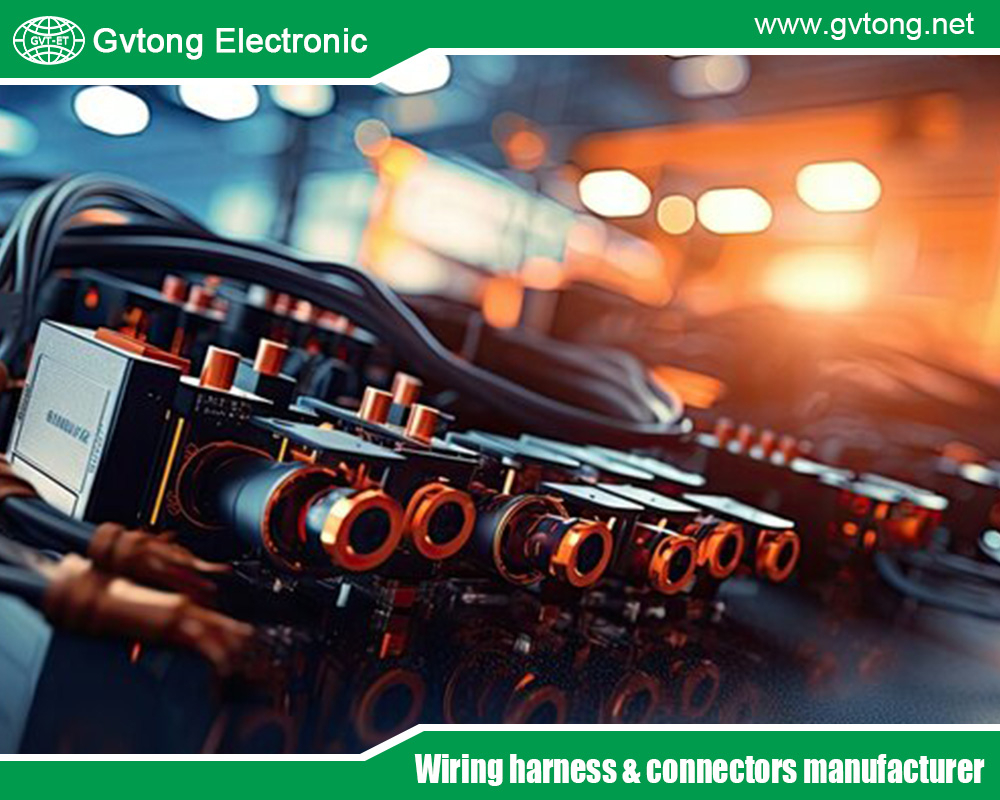
High-Speed Data Connector Are Key Components for Stable Transmission Without Lag
- Gvtong Electronic
- 12 volt automotive wire connectors manufacturer, 2p 32p Automotive Connector Terminal Crimping, adas automotive connector, ADAS automotive connectors, ADAS automotive connectors manufacturer, Anti-vibration automotive connectors, Automated assembly connectors Cost-effective automotive connectors, automotive antenna connector, automotive coaxial connector, automotive connector, Automotive Connector and Cable Products, automotive connector companies, automotive connector companies in russia, Automotive Connector Factory, automotive connector manufacturer, Automotive Connector Manufacturers in 2025, automotive connector manufacturers in china, Automotive Connector manufacturers InThailand, automotive connector market, automotive data connector, automotive data connectors factory, automotive data connectors manufacturer, automotive data connectors market, automotive electrical connector, automotive high - frequency, automotive High voltage connector, automotive Low voltage connector, automotive Oil-resistant Connectors, automotive power distribution, automotive Signal Connector, automotive waterproof connectors, data connector, high-speed connector, high-speed data connector, high-speed data connector factory, high-speed data connector manufacturer, high-speed data connector supplier, High-speed data connectors Low-contact resistance connectors
- No Comments
High-Speed Data Connector Are Key Components for Stable Transmission Without Lag
In an era dominated by digital connectivity, high-speed data connectors have become the unsung heroes of modern technology. These specialized interfaces facilitate the rapid transfer of vast amounts of data between devices, ensuring seamless communication in everything from everyday consumer electronics to mission-critical industrial systems. At their core, high-speed data connectors are engineered to handle data rates exceeding traditional standards, often reaching gigabits per second (Gbps) or even terabits in advanced applications. Unlike conventional connectors that might suffice for low-bandwidth tasks, high-speed variants are designed to minimize latency—commonly referred to as “lag”—which is the delay between data transmission and reception. This makes them indispensable in scenarios where real-time performance is paramount, such as autonomous vehicles processing sensor data, financial trading platforms executing split-second transactions, or gamers experiencing immersive virtual worlds without interruptions.
The evolution of high-speed data connectors parallels the explosive growth of data-intensive technologies like 5G networks, the Internet of Things (IoT), artificial intelligence (AI), and high-definition video streaming. For instance, as vehicles become smarter with Advanced Driver Assistance Systems (ADAS) and infotainment features, connectors must transmit complex data flows with pinpoint accuracy and zero tolerance for delays.
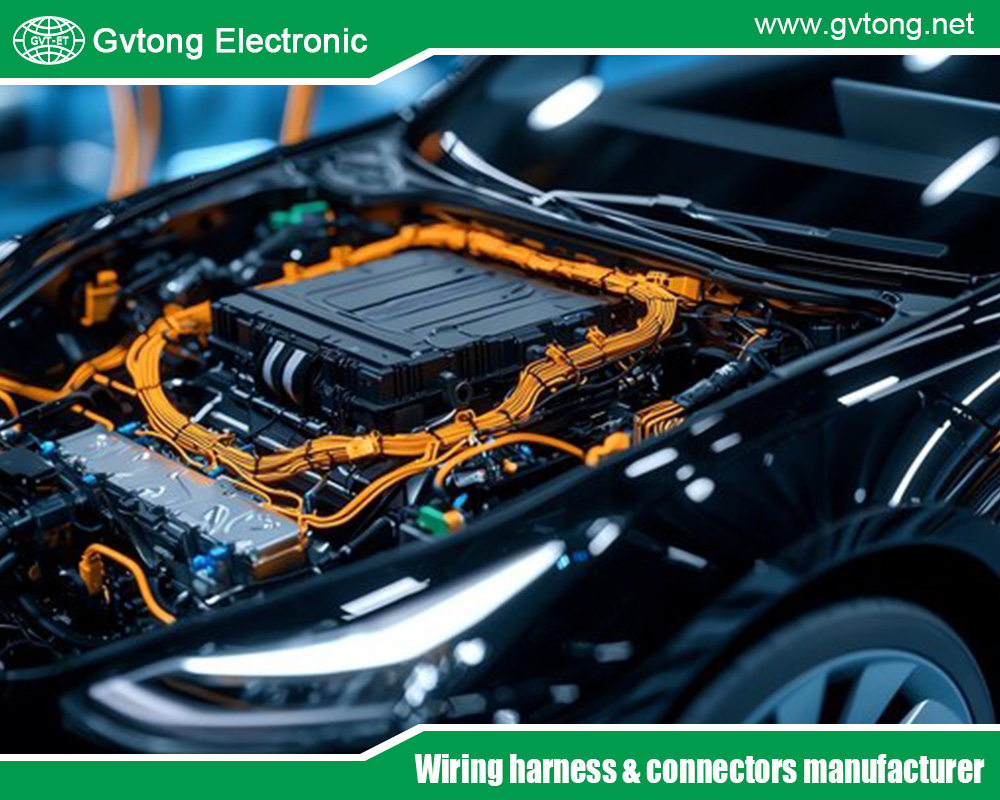
This demand has led to innovations from manufacturers like TE Connectivity, Smiths Interconnect, and Rosenberger, who focus on creating connectors that not only speed up data but also ensure stability in harsh environments. Stability here refers to maintaining signal integrity—preventing distortions, errors, or losses that could introduce lag. Key to this is a combination of advanced materials, precise engineering, and compliance with standards like AK Interface for automotive or VITA for embedded systems.
Why does lag matter? In high-stakes applications, even milliseconds of delay can lead to catastrophic outcomes, such as a self-driving car failing to react to an obstacle or a telemedicine session dropping critical diagnostic information. High-speed connectors address this by optimizing bandwidth capacity, which allows for the swift movement of large data volumes, and incorporating features that combat electromagnetic interference (EMI) and signal degradation.
As we delve deeper, we’ll explore what defines these connectors, their various types, the essential components that enable their performance, and strategies for achieving lag-free transmission. By understanding these elements, engineers, developers, and end-users can better appreciate how these small but mighty components power the connected world.
Understanding High-Speed Data Connectors
High-speed data connectors are interfaces that enable the transmission of digital signals at elevated rates, typically above 1 Gbps, while preserving data accuracy and minimizing delays. They differ from standard connectors, such as basic USB 2.0 or older Ethernet types, by incorporating sophisticated designs that handle higher frequencies without compromising on reliability. At high speeds, signals behave more like analog waves, susceptible to distortions from reflections, attenuation, or noise, which is why these connectors prioritize signal integrity—the faithful reproduction of the original signal at the receiving end.
Historically, the need for such connectors arose with the advent of multimedia and networked computing in the late 20th century. Early examples include coaxial cables for television signals, but true high-speed advancements came with protocols like USB 3.0 (5 Gbps) and HDMI 1.4 (10.2 Gbps). Today, connectors like USB4 support up to 40 Gbps, while specialized automotive ones, such as High-Speed Data (HSD) connectors, cater to gigabit-level transfers in vehicles. These are often based on shielded twisted pair (STP) or shielded star quad (SSQ) cables, which use differential signaling to cancel out noise and maintain low emitted interference.
The primary advantage of high-speed connectors is their ability to reduce latency. Latency in data transmission can stem from propagation delays (time for signals to travel through the medium), processing delays at endpoints, or queuing in networks. Connectors minimize the first by ensuring signals travel at near-light speeds—approximately two-thirds the speed of light in vacuum, adjusted for the dielectric constant of the materials used. For example, in a 5-meter cable, attenuation is kept below 3.10 dB at 250 MHz, ensuring minimal signal weakening and thus faster, more reliable delivery.
In practical terms, these connectors are ubiquitous. In telecommunications, they support 5G infrastructure for low-latency edge computing. In data centers, they enable rapid server-to-storage links, reducing bottlenecks in cloud services. Even in consumer devices, like smartphones or gaming consoles, high-speed connectors ensure smooth 4K video playback or multiplayer online experiences without perceptible lag. However, achieving this requires careful consideration of environmental factors, such as temperature ranges from -40°C to +105°C, and mechanical stresses like vibration, which could otherwise disrupt stability.
Types of High-Speed Data Connectors
The landscape of high-speed data connectors is diverse, with each type tailored to specific applications and data requirements. Understanding these variations helps in selecting the right one for stable, lag-free performance.
One of the most common is the USB connector family. USB Type-C, in particular, has revolutionized connectivity with support for up to 40 Gbps via USB4, alongside power delivery and video output. Its reversible design and bi-directional capabilities make it ideal for mobile devices and laptops, where low latency is crucial for tasks like file transfers or external displays. Micro USB variants, though slower, still find use in embedded systems.
HDMI connectors dominate audio-video transmission, with HDMI 2.1 offering 48 Gbps for 8K video at 60Hz. They incorporate gold-plated contacts and shielding to handle high-bandwidth signals without lag, making them essential for TVs, monitors, and gaming consoles. For storage, SATA and M.2 connectors excel. SATA III provides 6 Gbps for hard drives, while M.2 with PCIe 4.0 reaches 32 Gbps for SSDs, ensuring rapid boot times and data access in computers.
These use precision impedance matching to avoid errors. Ethernet connectors, like RJ45, support networking speeds from 1 Gbps (Cat 5e) to 10 Gbps (Cat 6a). Shielded versions reduce EMI in industrial IoT setups, enabling real-time data exchange in smart factories. Specialized types include HSD connectors for automotive use, compatible with LVDS, USB, and Ethernet protocols. They come in sealed variants for harsh environments, like camera connections in vehicles, and use star quad cables for superior noise immunity.
Coaxial connectors (e.g., SMA, BNC) handle GHz frequencies in RF applications, while fiber optic ones like SC offer push-pull mechanisms for stable, high-bandwidth telecom links. Other notables are FPC/FFC for compact devices and board-to-board like Smiths Interconnect’s NXS series, which supports 50 Gbps with quadrax modules for aerospace. Each type balances speed, durability, and application-specific needs to prevent lag.
Key Components of High-Speed Data Connectors
The efficacy of high-speed data connectors hinges on their internal components, meticulously engineered for stability and minimal lag. These elements work in concert to preserve signal quality over high frequencies.
Central to any connector are the contacts or pins, which form the electrical pathway. Typically made from copper alloys like CuZn35Pb2 and plated with gold (Au) for low contact resistance—often below 10 mΩ—these ensure efficient current flow without heat buildup or signal loss. In HSD connectors, female and male contacts (e.g., 0-2112028-1) are paired with impedance crimps to maintain 100 Ω ±15% impedance, preventing reflections that could cause delays.
Shielding is another cornerstone, protecting against EMI and RFI. Connectors employ outer shields of materials like CuSn4 with tin plating, often in a foil or braided form around twisted pairs or star quads. This achieves coupling attenuation of 60-75 dB at 1-2 GHz, crucial for clean signals in noisy environments like vehicles or data centers. Ground springs in products like Fibre Channel D-Sub provide multi-point contact for enhanced EMI shielding. Housing and insulation materials contribute to durability. Dielectrics use low-permittivity substances like LCP-GF30 (liquid crystal polymer with glass fiber) to control the dielectric constant (εr), which affects signal speed per the formula v = c0 / √εr. Housings from PPA-GF25 or PBT-GF10 withstand temperatures up to +105°C and vibrations per DIN IEC standards, with IP-rated seals for moisture resistance in sealed variants.
Locking mechanisms ensure secure mating, preventing disconnections that could introduce lag. Options include push-pull, bayonet, or latch locks with audible feedback, plus polarization keys (color-coded A-Z) to avoid mismating. Strain relief components, like over-molds, protect cables from bending stresses.
Cables themselves are integral, with STP or SSQ designs minimizing skew—intra-pair ≤25 ps/m, inter-pair ≤5 ps—to keep signals synchronized and reduce bit error rates. Advanced features like float mount in MHC contacts eliminate air gaps for low VSWR (1.25:1 up to 10 GHz). These components collectively enable high bandwidth, low insertion loss (≤0.1 dB at 1 GHz), and crosstalk reduction (NEXT ≤-30 dB), forming the backbone of stable transmission.
Ensuring Stable Transmission Without Lag
Achieving stable, lag-free transmission requires integrating the aforementioned components with best practices in design and deployment. Signal integrity is paramount, achieved through low insertion and return loss, where reflections are minimized via precise impedance matching. For instance, differential signaling in HSD connectors cancels noise, maintaining eye diagrams with sharp rise times and stable amplitudes to ensure low bit error rates.
Low latency is facilitated by high bandwidth and minimal propagation delays. Connectors like those in the NXS series support 50 Gbps with robust quadrax modules, tested for shocks over 2100 G. Crosstalk reduction via ground planes and spacing prevents interference, while EMI shielding ensures clean signals in high-frequency environments.
Environmental robustness plays a key role; connectors endure thermal shocks and humidity per IEC standards, preventing performance degradation that could introduce lag. In applications, avoid sharp cable bends and use ESD protection during handling. Compliance with standards like IATF 16949 for automotive ensures reliability. Ultimately, these measures— from material selection to signal conditioning—guarantee seamless data flow without perceptible delays.
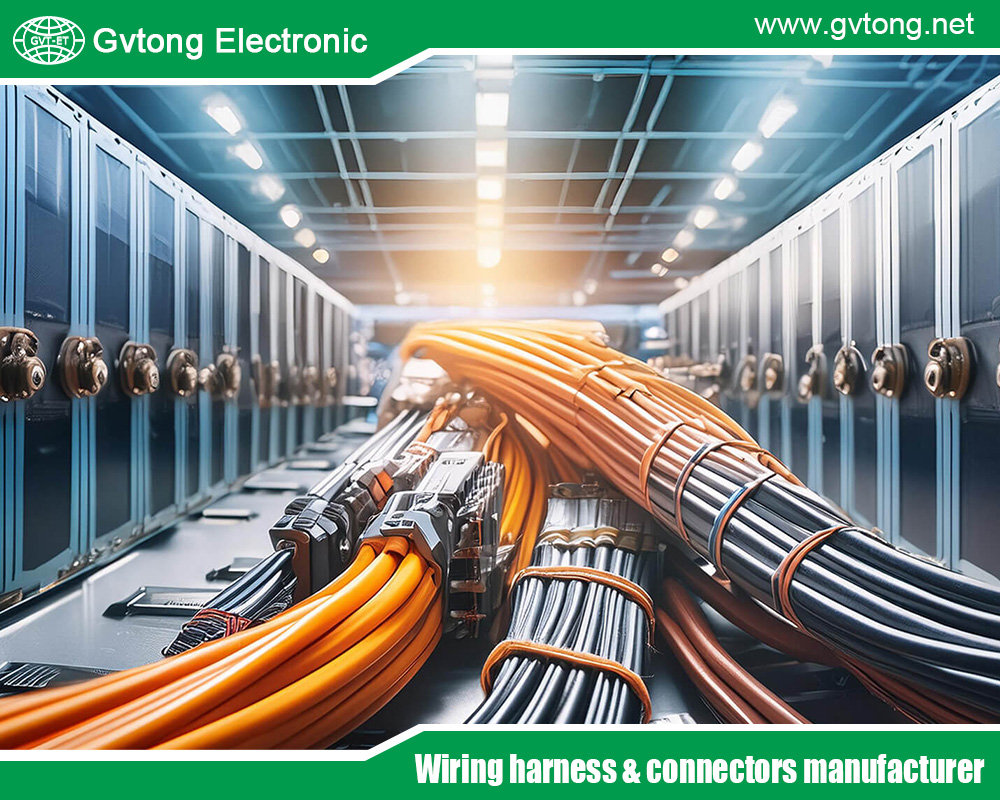
Conclusion
High-speed data connectors are vital for lag-free, stable transmission in our data-driven world. By leveraging key components like shielded contacts, durable housings, and impedance controls, they power innovations across industries. Looking ahead, trends toward higher speeds (e.g., 100 Gbps+) and integration with AI will further elevate their role, promising even more efficient connectivity.
For more about high-speed data connector are key components for stable transmission without lag, you can pay a visit to Gvtong at https://www.gvtong.net/ for more info.
Recent Posts
How Automotive Multi-Pin Connectors Work?
How Modular Automotive Connectors Power the Modern Automotive Revolution
Tags
Recommended Products
-
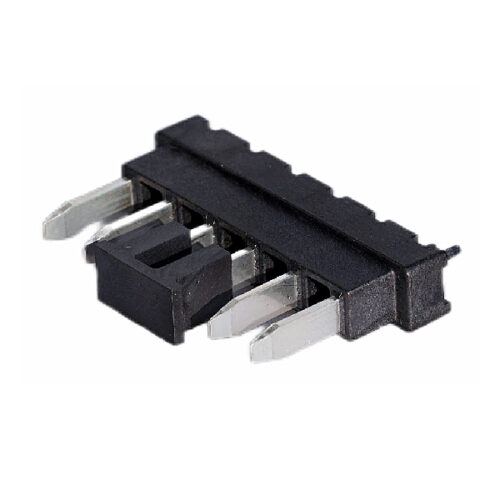
GE Series-WTB 6pin Connector Plug
-

GF Series-2+12 Floating Connector
-

Metal connector-3.6mm-3 core
-

Photovoltaic connector – Board end socket
-
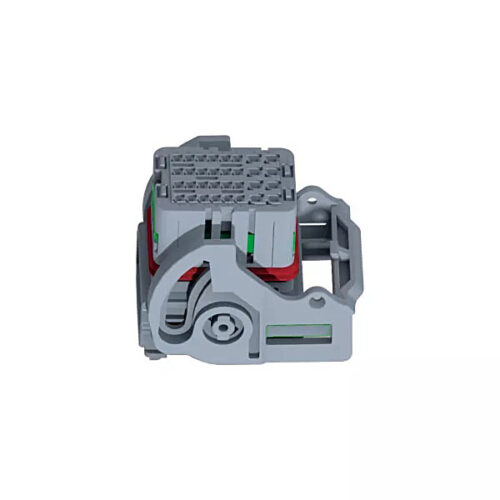
Low voltage connector-30PIN socket + plug
-
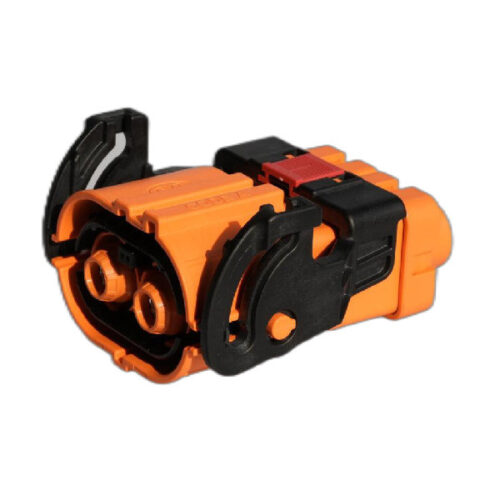
GH800 Series-2-core plastic high voltage connector
-
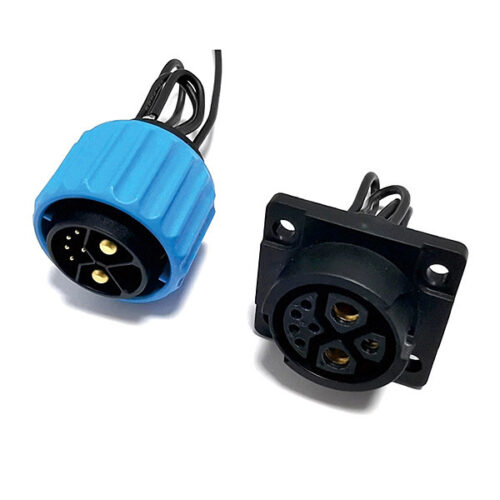
Combined power connector (2+1+5)
-

GE Series-16-core cylinder connector
